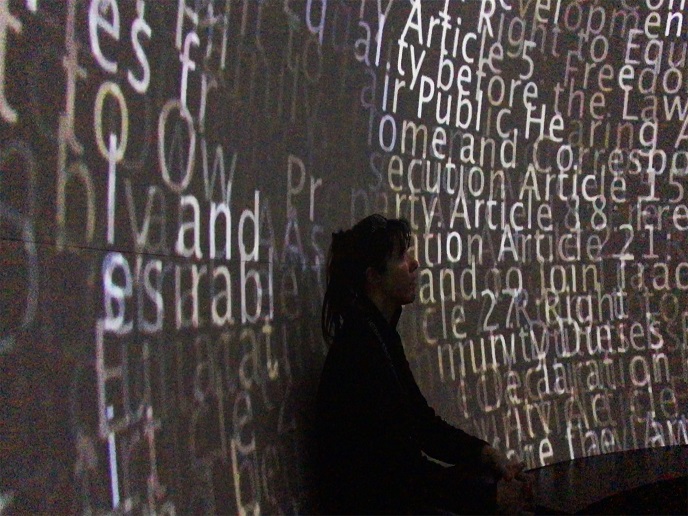Considering social implications of new touch technologies
A new wave of advanced technologies is seeking to bring the sense of touch fully into digital communication, beyond just using touchscreens to activate digital devices. “This includes, for example, touch-based wearable devices, such as bracelets, rings and T-shirts, that enable us to communicate or hug loved ones at a distance,” explains IN-TOUCH(opens in new window) project coordinator Carey Jewitt from University College London(opens in new window) in the United Kingdom. “There are also virtual reality systems being built that enable remote touching as part of leisure or learning, and tactile robotics for care and work.”
Embracing new possibilities
In order to create meaningful digital touch experiences however, tech developers need to better understand what people actually need and feel. Jewitt also notes that there has been very little research on what digital touch might actually mean for society. “What might it be like to hug remotely?” she asks. “The complexity of touch requires input from social research, which raises the challenge of developing touch research collaboratively.” The aim of IN-TOUCH was therefore to introduce social insights early and more fully into the development of these next-generation touch technologies. The project sought to achieve a deeper understanding of the social character of touch as it is mediated by digital technologies, as well as its consequences and impact on human communication.
New digital terrain
The project, which was supported by the European Research Council(opens in new window), began by mapping this fast-changing, complex digital terrain. “To manage this changing complexity, we homed in on 12 specific digital touch technologies being developed or used in social contexts where touch really matters,” adds Jewitt. “For example, digital touch devices being developed for remote personal communication, the use of biosensing wearable baby monitors shaping parent-infant touch in the home, and the use of tactile robots in the industrial workplace.” To gain access to people’s touch experiences, in addition to studying people’s interaction with prototype devices, the project team created participatory research environments. These included working with artists to produce an exhibition, short films, a performance and an online audio performance piece. Jewitt and her team found that when it came to touch, users often drew on experiences of memories, imagination and tactile metaphors, and showed how the digital world is fundamentally shifting what ‘counts as touch’. The project team also engaged with engineers, computer scientists and designers to describe, explore and critically analyse the communicative potential and societal consequences of digital touch.
Social dimension of touch
Through gathering and communicating these insights, the IN-TOUCH project has helped to bring the social dimension of digital touch to the fore. Anticipating possible social issues and user concerns early can help designers to avoid problems further down the road. Indeed, Jewitt and her team hope that the project’s work will help to kick-start a more socially informed and user-oriented agenda in digital touch research and design. With this in mind, IN-TOUCH has developed a toolkit(opens in new window), which aims to support designers in putting touch at the centre of their design research, and to really think about the needs of the end user. “The project has also produced numerous papers(opens in new window), many of which are published in computer science journals in order to speak directly to those who are designing our digital touch futures,” says Jewitt. “We are also currently writing a project book, which will make the argument for fully engaging with the social significance of touch and its digitally mediated future.”







